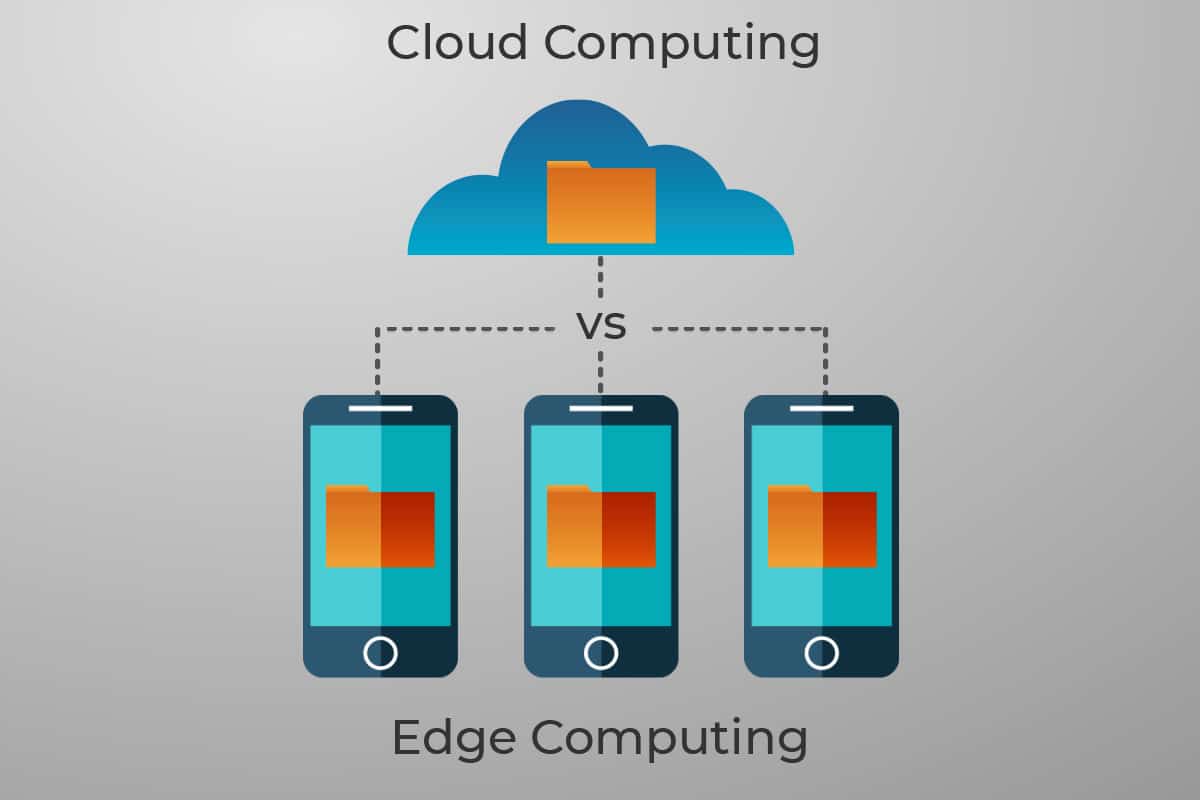|
The Internet of Things (IoT) has revolutionized the way we interact with technology on Earth, connecting devices and enabling seamless communication between them. However, advancements in space exploration have paved the way for a new era of connectivity beyond our planet through the concept of the Internet of Space Things (IoST). IoST encompasses a network of interconnected devices and satellites that extend the capabilities of IoT into outer space. It involves the deployment of sensors, cameras, and other data-collecting devices on satellites, spacecraft, and even celestial bodies like the Moon or Mars. These devices form a complex web of interconnectivity, enabling the exchange of information and facilitating various applications. One of the primary objectives of IoST is to enhance space exploration and satellite communications. By deploying interconnected devices in space, scientists, engineers, and astronauts can gather valuable data about distant planets, asteroids, and other celestial entities. This information can provide crucial insights into the origins of the universe, the potential for extraterrestrial life, and the development of future space missions. Moreover, IoST facilitates real-time monitoring and control of space assets. Satellites equipped with IoT-enabled devices can collect and transmit data about their health, position, and performance. This allows for proactive maintenance, efficient resource allocation, and improved overall mission success rates. Astronauts aboard the International Space Station (ISS) can also benefit from IoST by remotely monitoring their living conditions and vehicle systems, ensuring their safety and well-being. Another significant application of IoST is space-based telecommunications. With the increasing demand for global connectivity, satellites equipped with IoT technology can provide internet access and communication services to remote areas on Earth. This enables underserved regions to access vital resources, educational content, and healthcare services. Additionally, IoST can support disaster management efforts by establishing reliable communication networks during emergencies or natural disasters. Security and interoperability are crucial considerations in the IoST ecosystem. As space-based devices become more interconnected, robust cybersecurity measures must be implemented to safeguard sensitive data and prevent unauthorized access. Standards and protocols need to be established to ensure interoperability between different IoST devices and systems, enabling seamless integration and effective data exchange. While IoST presents numerous opportunities, it also comes with challenges. The limited bandwidth and distance between space-based devices require innovative communication technologies to facilitate efficient data transmission. Power management becomes critical due to the absence of traditional power sources in space. Additionally, the harsh space environment poses durability and reliability concerns for IoT devices. the Internet of Space Things represents a remarkable advancement in our quest for connectivity beyond Earth's boundaries. It opens up new possibilities for space exploration, satellite communications, and global connectivity. However, addressing the technical and operational challenges associated with IoST is essential to fully harness its potential. With continued advancements in technology and collaborative efforts among space agencies and industry stakeholders, IoST can reshape our understanding of the universe and improve life on Earth.  |
